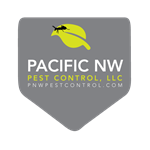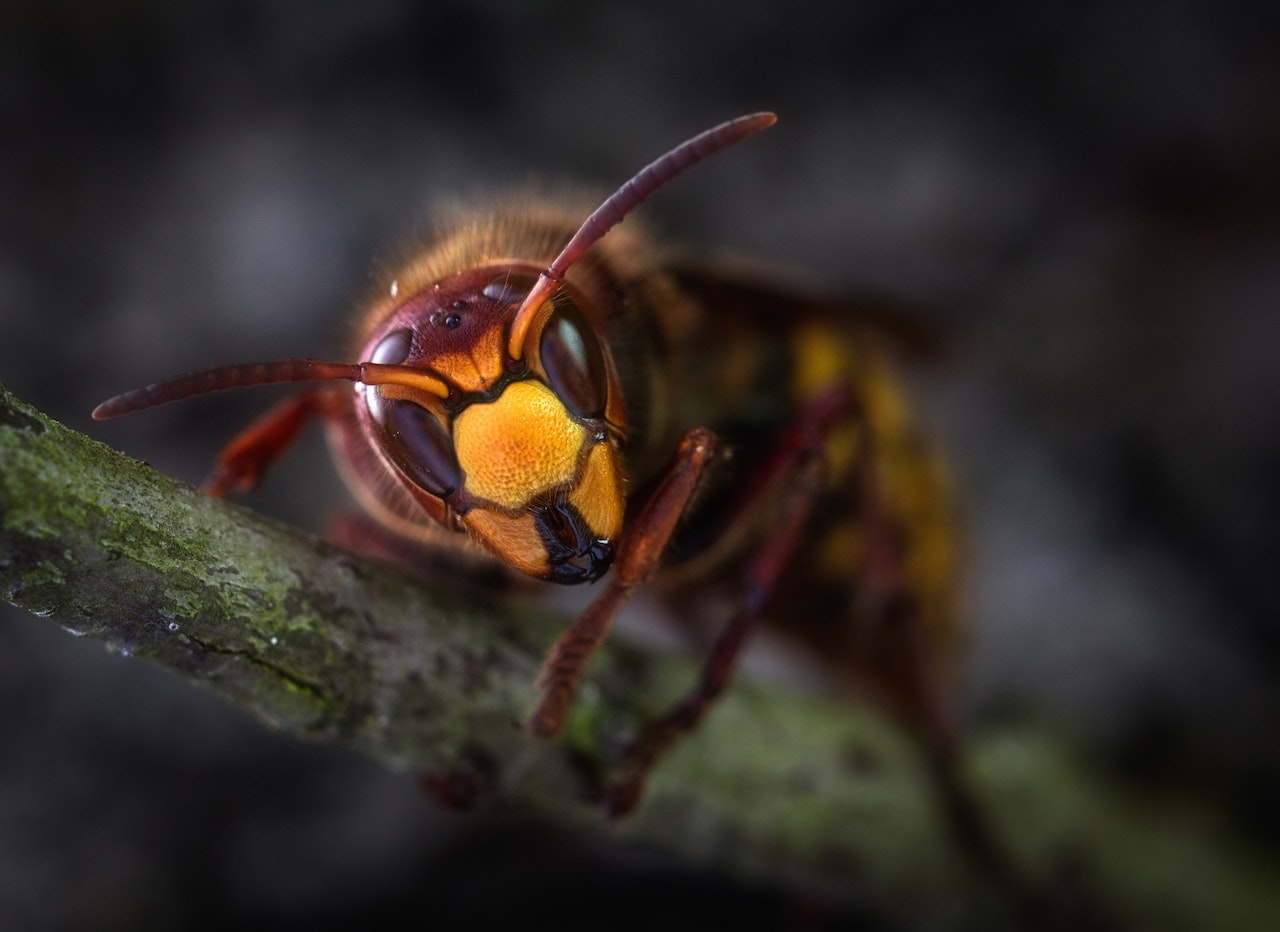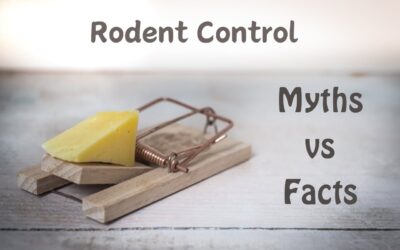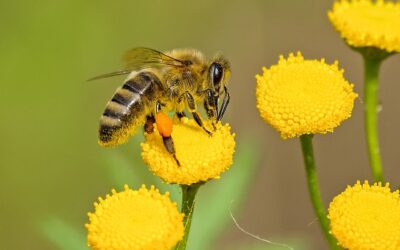The Pacific Northwest is home to a wide variety of insects, including two of the most well-known and often-mistaken species: wasps and bees. Both of these insects play important roles in the local ecosystem, but they have distinct physical and behavioral characteristics that differentiate them from each other.
Physical Attributes And Differences Of Wasps And Bees
One of the most noticeable differences between wasps and bees is their physical appearance. Wasps are generally slender and have smooth, shiny bodies with few hairs and often have bright colors, such as yellow and black, and may have distinct markings on their bodies. Bees, on the other hand, are usually more robust and hairy, with a fuzzier appearance. They are often brown or black with yellow or orange markings.
Another key physical difference between wasps and bees is their body shape. Wasps have a narrow waist that separates their thorax and abdomen, giving them a more elongated appearance. Bees, on the other hand, have a more rounded body with less of a waistline.
Behavior Of Wasps And Bees
In addition to physical differences, wasps and bees also exhibit different behaviors. Wasps are typically more aggressive and territorial than bees. They are known for their painful stings and will attack if they feel threatened. Wasps can also be attracted to sweet foods and drinks, and they may become aggressive if they sense a threat to their nest.
Bees, on the other hand, are generally more docile and will only sting if they feel threatened or if their nest is disturbed. Unlike wasps, bees are attracted to flowers and their sweet nectar, and they play an important role in pollination. Bees are also social insects that live in colonies and work together to support the hive.
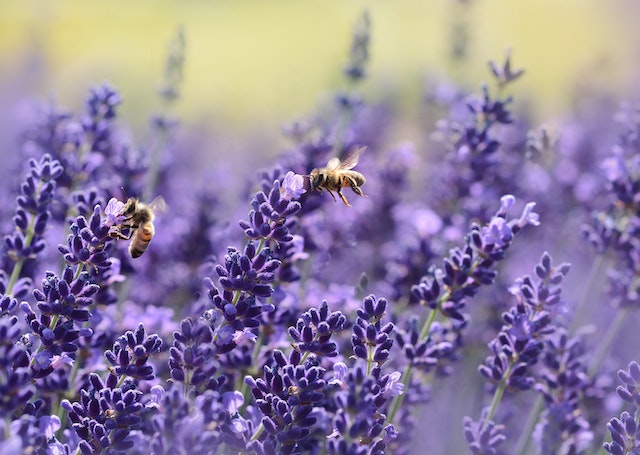
The Diet Of Wasps And Bees
Another key difference between wasps and bees is their dietary habits. Wasps are carnivorous and feed on other insects, spiders, and other small animals. They may also feed on nectar and other sugary substances, but their primary diet consists of animal protein. Some wasps, such as yellow jackets, are known to scavenge for food and can become a nuisance around trash cans and other sources of food.
Bees, on the other hand, are herbivores that feed on nectar and pollen from flowers. They play an important role in pollination, which is essential for the production of fruits and vegetables. Bees are also known for their production of honey, which is a sweet substance made from nectar and pollen.
Wasps And Bees Nesting Habits
Another important difference between wasps and bees is their nesting habits. Wasps typically build their nests in sheltered areas, such as under eaves, in attics, or trees. Their nests are typically made of paper-like material that is created by chewing wood fibers and mixing them with saliva. Wasps can build large colonies with hundreds or even thousands of individuals, depending on the species.
Bees, on the other hand, build their nests in protected areas, such as inside hollow trees, in rock crevices, or man-made structures such as beehives. Their nests are made of wax that is produced by special glands on their bodies. Bee colonies can also grow to be quite large, with thousands of individual bees living and working together to support the hive.
Are Wasps And Bees Endangered?
Both wasps and bees play important roles in the Pacific Northwest ecosystem, but bees are currently facing a much greater threat of endangerment than wasps. Bees are important pollinators for a wide variety of plants, and their decline could have serious implications for the local environment and economy. The main factors contributing to the decline of bees include habitat loss, pesticide use, and disease.
In contrast, wasps are not currently considered to be endangered, although some species are experiencing declines in certain areas. Wasps are often seen as pests, and many people try to eradicate them from their homes and gardens. However, it is important to remember that wasps also play important roles in the ecosystem, including controlling populations of other insects and scavenging dead animals.
How Do Wasps And Bees Interact With Humans?
Because wasps and bees are both found near humans, interactions between these insects and people are common. Wasps are known for their painful stings, which can be dangerous for individuals who are allergic or who are stung multiple times. Wasps can also be attracted to sweet foods and drinks, which can make them a nuisance at outdoor events.
Bees, on the other hand, are generally less aggressive and are not usually seen as a threat to humans. However, people can still be stung by bees, especially if they accidentally disturb a hive. In recent years, there has been growing concern about the use of pesticides and other chemicals that may be harmful to bees and other pollinators.
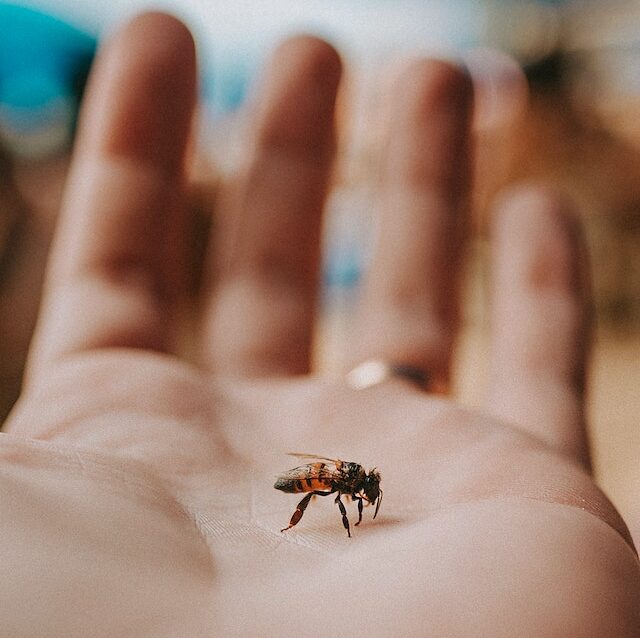
How To Deal With Wasps And Bees
If you live in the Pacific Northwest and are concerned about wasps or bees on your property, there are steps you can take to manage these insects safely and effectively. If you have a wasp nest on your property, it is best to call a professional pest control company to remove it. Attempting to remove a wasp nest on your own can be dangerous and may result in multiple stings.
If you encounter a swarm of bees, it is important to stay calm and avoid disturbing the bees. If possible, move away from the area and contact a local beekeeper or pest control company for assistance. Bee swarms are usually not aggressive and will move on within a few hours or days.
To prevent wasps and bees from nesting on your property, it is important to keep your home and yard clean and free of potential nesting sites. This includes sealing cracks and holes in your home’s exterior, keeping garbage cans tightly sealed, and removing any standing water that may attract insects.
In summary, while wasps and bees may look similar at first glance, they have distinct physical and behavioral characteristics that differentiate them from each other. Wasps are generally more aggressive and carnivorous, while bees are more docile and herbivorous. Both insects play important roles in the Pacific Northwest ecosystem, and it is important to manage them safely. By understanding the differences between wasps and bees, we can better appreciate the important roles these insects play in our local environment.
